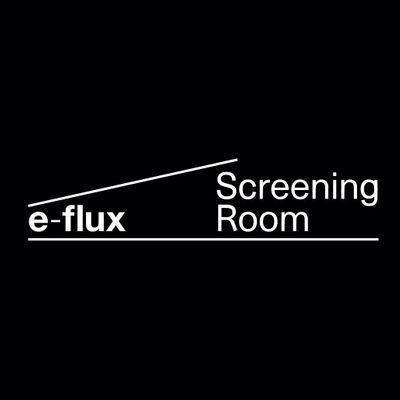
About this Event
Walter Benjamin first mentioned the optical unconscious in A Short History of Photography (1931). According to him, the camera (and later the film camera) unveiled a new dimension of the visual, unthinkable before modernity. The image was no longer controlled by the conscious eye of the artist; instead, through the camera it was the world observing itself through a mechanical eye, giving back an unrecognizable—and sometimes distressing—image of itself. Cinema has always been an art form that delves into unconscious desires (Sigfried Kracauer, Fredric Jameson, Slavoj Žižek, Mark Fisher), because viewers have always treated its images as if they were oracles. Hollywood used to reveal repressed truths about spectators that they did not know about themselves. The movie theater, in a last gasp of modernity, became a place where a community reflected on its repressed desires through its own images. For example, according to Kracauer, the cinema of the Weimar Republic showed that the German masses desired a tyrant like Hitler well before his rise to power. Similarly, Godard, in Histoire(s) du cinéma (1988), explains how Renoir, Lubitsch, and Chaplin foreshadowed concentration camps before their existence became known. In À bout de souffle (1960), the camera descending onto the streets of Paris perhaps anticipated the actions of students and workers just a few years later.
But if the cinematic image is so inseparable from the unconscious, what happens when images become infinitely manipulable like in the contemporary digital universe? What happens when images are no longer photographic but increasingly indistinguishable from writing? This talk, through a discussion of selected examples of cinematic reflection on the status of the contemporary image—by Radu Jude, Harmony Korine, Apichatpong Weerasethakul, and more—will explore whether something akin to an optical unconscious still exists in today’s cinema or if, perhaps, precisely because images have become a second nature indistinguishable from reality, they have ceased to question us altogether.
For more information, contact program [at] e-flux.com.
Accessibility
– Two flights of stairs lead up to the building’s front entrance at 172 Classon Avenue.
– For elevator access, please RSVP to [email protected]. The building has a freight elevator which leads into the e-flux office space. Entrance to the elevator is nearest to 180 Classon Ave (a garage door). We have a ramp for the steps within the space.
– e-flux has an ADA-compliant bathroom. There are no steps between the Screening Room and this bathroom.
Event Venue & Nearby Stays
e-flux, 172 Classon Avenue, Brooklyn, United States
USD 0.00











